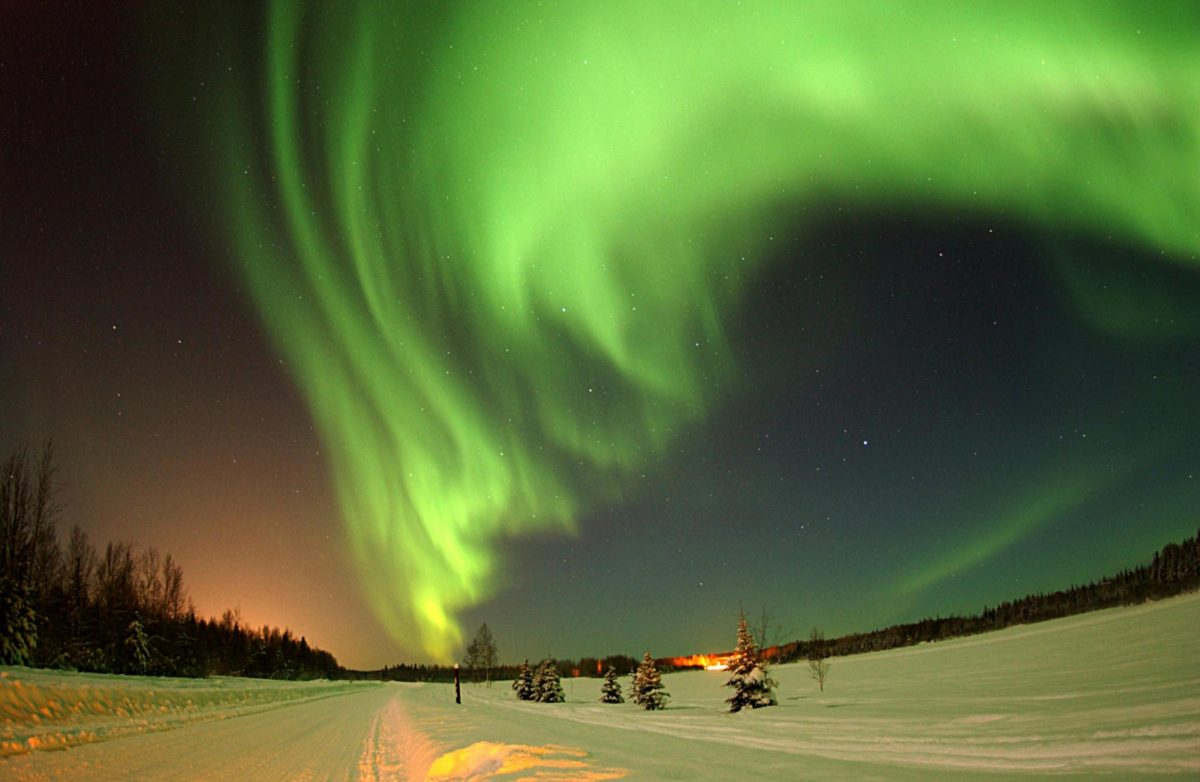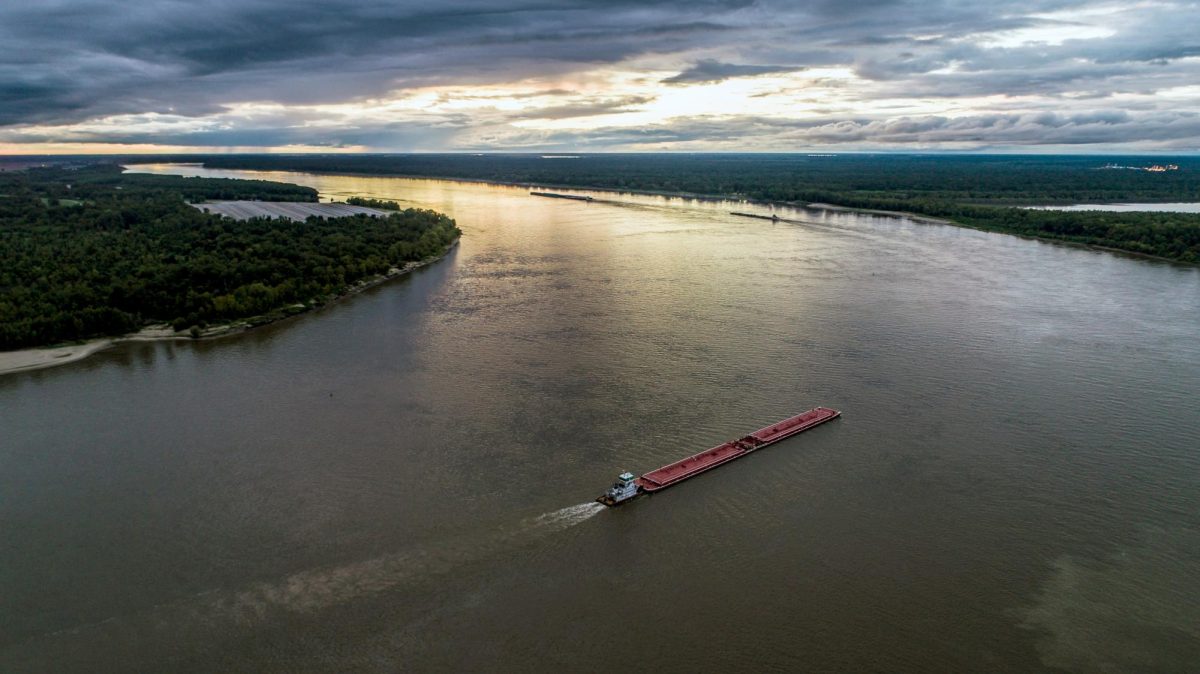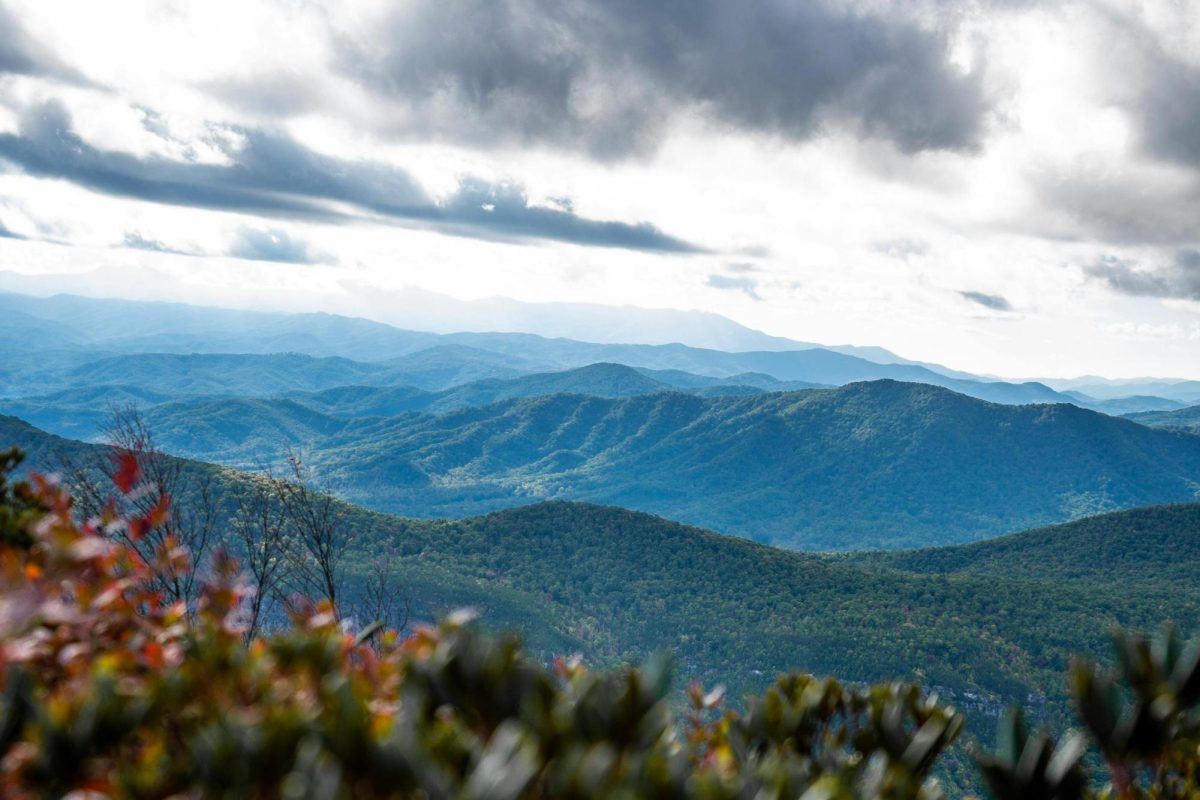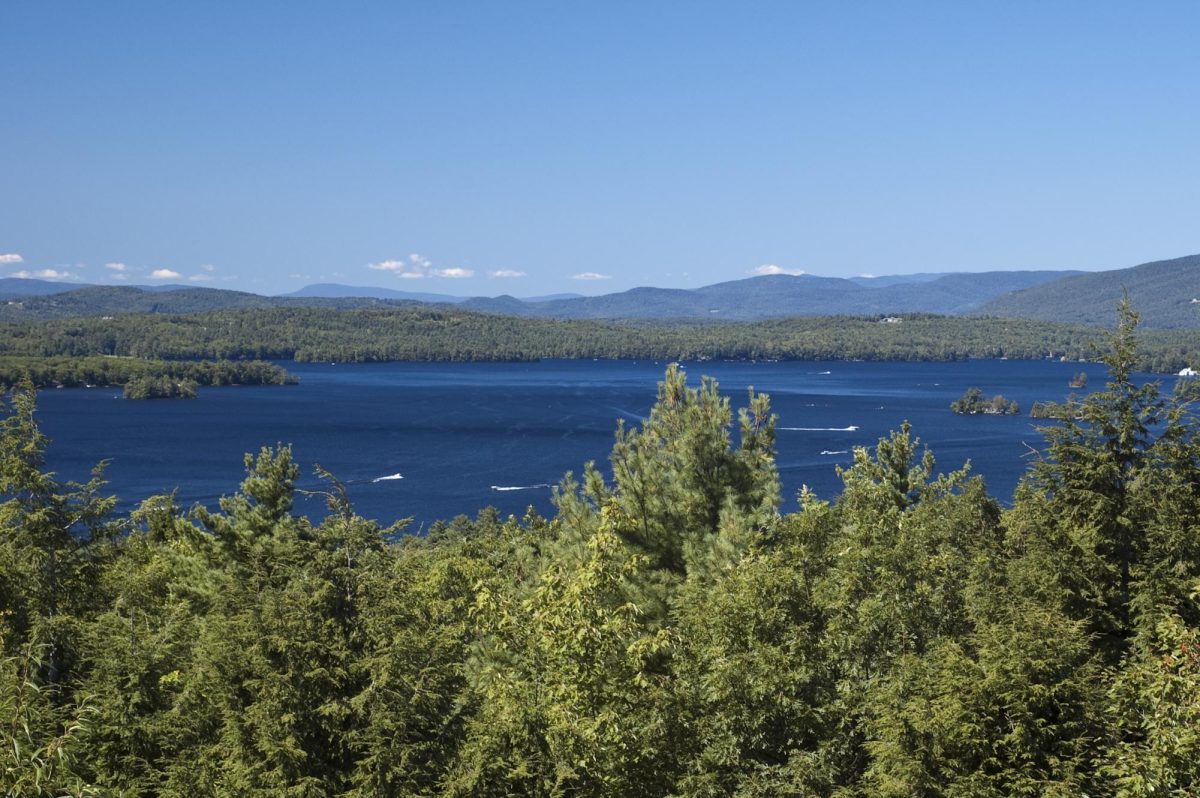Always thought about heading north to Alaska? Before you go, get to know all about our most northern state!
Our 100 lists of 100
1. Size: Alaska is the largest state in the United States by area, covering approximately 663,300 square miles.
2. Population: It has one of the lowest populations among U.S. states, with around 730,000 people.
3. Nickname: It’s often called “The Last Frontier.”
4. Statehood: Alaska became the 49th state of the United States on January 3, 1959.
5. Mountains: The state boasts 17 of the 20 highest peaks in the United States, including Denali, the tallest peak in North America.
6. Glaciers: Alaska has more than 100,000 glaciers, covering about 5% of the state.
7. Volcanoes: It’s home to more than 50 active volcanoes.
8. Northern Lights: The Aurora Borealis, or Northern Lights, can be seen in certain parts of Alaska.
9. Midnight Sun: During summer months, some areas of Alaska experience 24 hours of daylight due to their high latitude.
10. Capital: Juneau is the capital city of Alaska and the second-largest city by area in the United States.
11. Tongass National Forest: It’s the largest national forest in the United States, covering most of Southeast Alaska.
12. State Flag: Alaska’s flag was designed by a 13-year-old Native American boy named Benny Benson in 1927.
13. Languages: Besides English, over 20 Native languages are spoken in Alaska.
14. Wildlife: The state is abundant in wildlife, including bears (brown, black, and polar), moose, caribou, wolves, and whales.
15. Salmon Fishing: Alaska is known for its salmon fishing industry, particularly its wild salmon.
16. Oil Production: It’s a significant oil-producing state, with the Prudhoe Bay oil field being one of the largest in North America.
17. Gold Rush: Alaska experienced a gold rush in the late 19th century, attracting prospectors and miners.
18. State Sport: Dog mushing is the official state sport of Alaska.
19. Time Zones: Alaska has two time zones: Alaska Time Zone and Hawaii-Aleutian Time Zone.
20. Alaska Native Cultures: The state has a rich cultural heritage with diverse Native Alaskan groups, including Inupiat, Yupik, Tlingit, Haida, and Aleut.
21. State Bird: The Willow Ptarmigan is the official state bird of Alaska.
22. Denali National Park: This park, home to North America’s tallest peak, attracts climbers and outdoor enthusiasts.
23. Alaska Marine Highway: It’s a ferry system connecting coastal communities and providing transportation through the Inside Passage.
24. Russian Heritage: Alaska was owned by Russia until it was sold to the United States in 1867 for $7.2 million in the Alaska Purchase.
25. Permafrost: A significant portion of Alaska’s land is covered by permafrost, permanently frozen ground.
26. Alaska Railroad: The Alaska Railroad stretches approximately 500 miles from Seward to Fairbanks.
27. Sled Dog Races: The Iditarod Trail Sled Dog Race is an annual long-distance sled dog race from Anchorage to Nome.
28. State Flower: The Forget-Me-Not is the official state flower of Alaska.
29. Biggest National Park: Wrangell-St. Elias National Park and Preserve is the largest national park in the United States, larger than many countries.
30. Kodiak Bears: Kodiak bears, a subspecies of brown bear, are found on the Kodiak Archipelago.
31. Bering Land Bridge: Alaska was once connected to Asia via the Bering Land Bridge during the last ice age.
32. State Fish: The King Salmon, also known as the Chinook Salmon, is the official state fish of Alaska.
33. Alaska State Fair: It’s held annually and showcases Alaska’s agriculture, livestock, crafts, and entertainment.
34. Alaska Native Claims Settlement Act: Passed in 1971, it was a significant land claims settlement affecting Alaska Natives.
35. Nome Gold Rush: The discovery of gold in Nome in 1898 attracted prospectors seeking fortune.
36. Alaskan Malamute: It’s a breed of dog developed in Alaska, known for its strength and endurance.
37. Arctic Circle: The northern part of Alaska crosses the Arctic Circle.
38. Alaska Native Arts: Indigenous art and crafts, including carving, basketry, and beadwork, are prominent in Alaskan culture.
39. State Tree: The Sitka Spruce is the official state tree of Alaska.
40. Alaska State Museum: Located in Juneau, it showcases the state’s history, art, and culture.
41. Alaska State Sport: Dog mushing is the official state sport of Alaska.
42. Alaska State Gem: Jade is the official state gem of Alaska.
43. Alaska State Fossil: Woolly Mammoth is the official state fossil of Alaska.
44. Russian Influence: Russian Orthodoxy is still evident in Alaska through architecture and traditions.
45. Barrow: The northernmost city in the United States, now known as Utqiaġvik, is located in Alaska.
46. Alaska Native Corporations: These were established after the Alaska Native Claims Settlement Act to manage settlement lands and funds for Alaska Natives.
47. Alaska State Motto: “North to the Future” is the official state motto.
48. Polar Nights: In some parts of Alaska, during winter, the sun doesn’t rise for several weeks.
49. Alaska Range: It spans approximately 600 miles across south-central Alaska.
50. Russian Orthodox Churches: Historic churches built by Russian missionaries still exist in parts of Alaska.
51. Sourdough: A type of bread and also a term for old-time Alaskans.
52. State Gemstone: Gold is the official state gemstone of Alaska.
53. Alaska State Soil: Tanana soil is the official state soil of Alaska.
54. Alaska Railroad Museum: Situated in Fairbanks, it displays the history of the Alaska Railroad.
55. Yukon River: One of the longest rivers in North America, it flows through Alaska.
56. Alaska Permanent Fund: Established in 1976, it manages a fund created from oil revenues and pays an annual dividend to eligible Alaskan residents.
57. Alaska Highway: Stretching from Dawson Creek, British Columbia, to Delta Junction, Alaska, it was built during World War II.
58. Alaska’s State Sport: Dog mushing, particularly sled dog racing, holds significant cultural and historical importance in Alaska.
59. Subsistence Hunting: It’s legally practiced by many Alaska Natives for their cultural and nutritional needs.
60. Copper River: Famous for its salmon, particularly prized Copper River salmon, this river flows through Alaska.
61. Nome: Gold Rush Town: Nome, Alaska, was a booming gold rush town and is still known for its gold mining history.
62. Alaska Native Languages: These languages are diverse and form an important part of Alaska’s cultural heritage.
63. Bristol Bay: Known for its rich salmon fisheries, Bristol Bay supports one of the world’s largest wild salmon runs.
64. Anchorage: The largest city in Alaska, known for its cultural diversity and outdoor recreational opportunities.
65. Alaska State Sport Dog: The Alaskan Malamute is the official state dog of Alaska.
66. Yukon-Kuskokwim Delta: It’s one of the largest river deltas in the world, located in western Alaska.
67. Alaska State Dog Mushing Race: The Iditarod Trail Sled Dog Race is an iconic annual event.
68. Nome Gold Rush: This gold rush in the late 19th century attracted prospectors seeking fortune.
69. Kotzebue: A town in northwest Alaska known for its traditional Inupiat culture and subsistence lifestyle.
70. Prince William Sound: Known for its scenic beauty and as the location of the Exxon Valdez oil spill.
71. Alaska Marine Highway System: Provides ferry service to many coastal communities not accessible by road.
72. Alaska Day: Celebrated on October 18, commemorating the formal transfer of Alaska from Russia to the United States.
73. Sled Dog Breeds: Alongside the Alaskan Malamute, Siberian Huskies are popular sled dog breeds.
74. Sitka: A city in the southeastern part of the state with a rich Russian history.
75. Alaska State Currency: The Alaska state quarter was released in 2008, featuring various symbols representing the state.
76. Tlingit Culture: The Tlingit people have a rich artistic and cultural heritage in Alaska.
77. Nome’s Iditarod Trail: The endpoint of the famous Iditarod Sled Dog Race.
78. Alaska’s State Fair: Held annually in Palmer, it showcases agricultural products and traditions.
79. Nome’s Gold Rush Legacy: Nome’s history as a gold rush town is still evident in its architecture and culture.
80. Arctic National Wildlife Refuge (ANWR): Known for its wildlife and as a site of debate over oil drilling.
81. Alaska’s State Sport Animal: The Alaskan Moose is the official state sport animal of Alaska.
82. Russian Architecture: Historic Russian architecture can still be seen in places like Sitka.
83. Alaska’s State Motto: “North to the Future” reflects the state’s aspirations and opportunities.
84. Nome’s Nome Gold Rush: Nome, Alaska, experienced a significant gold rush in the late 19th century.
85. Alaska’s State Sport Team: The dog sled team is the official state sport team of Alaska.
86. Nome’s Iditarod Trail: The endpoint of the famous Iditarod Sled Dog Race.
87. Alaska’s State Watercraft: The umiak is the official state watercraft of Alaska.
88. Nome’s Gold Rush Legacy: Nome’s history as a gold rush town is still evident in its architecture and culture.
89. Arctic National Wildlife Refuge (ANWR): Known for its wildlife and as a site of debate over oil drilling.
90. Alaska’s State Soil: Tanana soil is the official state soil of Alaska.
91. Klondike Gold Rush: Though it primarily occurred in Canada’s Yukon Territory, it influenced Alaska’s history and economy.
92. Alaska’s State Land Mammal: The Alaskan Moose is the official state land mammal of Alaska.
93. Nome’s Gold Rush Legacy: Nome’s history as a gold rush town is still evident in its architecture and culture.
94. Alaska’s State Fossil: Woolly Mammoth is the official state fossil of Alaska.
95. Nome’s Iditarod Trail: The endpoint of the famous Iditarod Sled Dog Race.
96. Alaska’s State Marine Mammal: The Bowhead Whale is the official state marine mammal of Alaska.
97. Nome’s Gold Rush Legacy: Nome’s history as a gold rush town is still evident in its architecture and culture.
98. Alaska’s State Land Mammal: The Alaskan Moose is the official state land mammal of Alaska.
99. Nome’s Iditarod Trail: The endpoint of the famous Iditarod Sled Dog Race.
100. Alaska’s State Dog Mushing Race: The Iditarod Trail Sled Dog Race is an iconic annual event.








